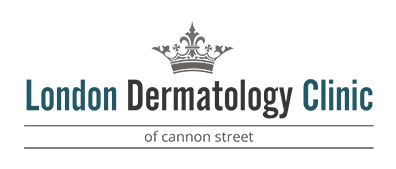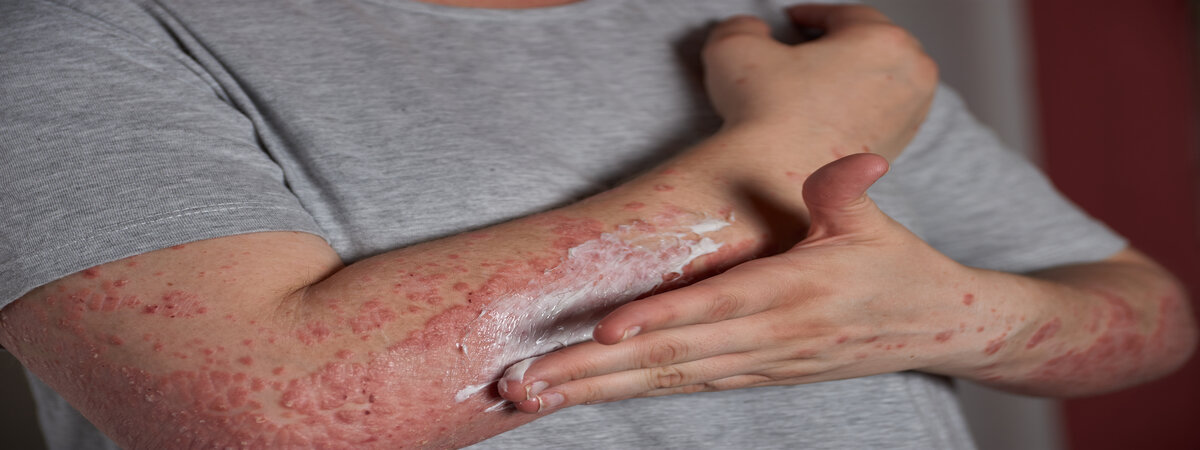
Understanding Impetigo: Causes, Symptoms, and Treatment Options
Impetigo is a highly contagious bacterial skin infection that primarily affects children but can occur in people of all ages. Although it is not usually serious, it can cause discomfort and, if left untreated, may lead to complications. In this blog post, we’ll explore what impetigo is, how to recognize it, and the available treatment options.
What is Impetigo?
Impetigo is an infection caused by Staphylococcus aureus or Streptococcus pyogenes bacteria. It typically appears as red sores or blisters that rupture, ooze, and form a yellow-brown crust. The infection is most commonly seen on the face, hands, and other exposed body parts but can spread to other areas through contact.
Types of Impetigo
There are two primary types of impetigo:
Non-bullous Impetigo
This is the most common form, characterized by small sores that quickly burst, leaving a yellowish crust. It often occurs around the nose and mouth.
Bullous Impetigo
This less common type is marked by larger blisters filled with fluid. These blisters may break and leave red, raw skin.
Who is at Risk?
While impetigo can affect anyone, certain factors increase the likelihood of contracting the infection, such as:
Age: Children aged 2 to 5 are most commonly affected.
Close Contact: It spreads easily in schools, daycare centers, and sports teams.
Warm, Humid Climates: The bacteria thrive in warm and moist conditions.
Skin Injuries: Cuts, insect bites, or other skin damage make it easier for bacteria to enter.
Recognizing the Symptoms of Impetigo
Key symptoms include:
Red sores or blisters that rupture and crust over.
Itchy and sometimes painful lesions.
Swelling or redness around the affected area.
In rare cases, fever and swollen lymph nodes.
Diagnosing Impetigo
A healthcare professional typically diagnoses impetigo by examining the affected skin. In some cases, they may take a sample to identify the specific bacteria and determine the best treatment.
Treatment Options for Impetigo
Effective treatment helps clear up impetigo quickly and reduces the risk of spreading. Common approaches include:
Topical Antibiotics
Creams or ointments containing antibiotics like mupirocin are often prescribed to eliminate the infection.
Oral Antibiotics
In more severe cases, oral antibiotics may be necessary to tackle the bacteria.
Proper Wound Care
Gently washing the affected area with soap and water and covering it with a clean bandage can help prevent the spread.
Avoiding Contamination
Wash clothing, bedding, and towels frequently, and avoid sharing personal items with others.
Our dermatologists recommend seeking prompt medical attention if the symptoms worsen or if the infection spreads rapidly.
Preventing Impetigo
To minimize the risk of contracting or spreading impetigo, follow these preventive measures:
Maintain good hygiene by washing hands frequently with soap and water.
Keep cuts, scrapes, and insect bites clean and covered.
Avoid close contact with individuals who have impetigo until they are no longer contagious.
Do not share personal items like towels, razors, or makeup.
When to See a Dermatologist
If impetigo persists despite home care or is accompanied by severe symptoms, consult a dermatologist. Early diagnosis and treatment can prevent complications and promote faster healing.
Conclusion
Impetigo, though common and highly contagious, is manageable with prompt treatment and proper hygiene. Understanding its symptoms and risk factors is key to preventing its spread. If you or your child develop signs of impetigo, don’t hesitate to consult a healthcare provider. For specialized care, our dermatologists are here to help you navigate your skin health journey effectively.
FAQ
Can adults get impetigo?
Yes, while impetigo is more common in children, adults can also get it, especially if they have weakened immune systems, skin injuries, or are in close contact with infected individuals.
How long is impetigo contagious?
Impetigo is contagious until the sores have healed completely or 24-48 hours after starting antibiotic treatment. Avoid close contact with others during this time.
Can impetigo recur after treatment?
Yes, impetigo can recur, especially if hygiene practices are not followed or the underlying conditions (e.g., eczema or skin injuries) persist. Preventive measures are crucial.
Is impetigo linked to other health conditions?
In rare cases, untreated impetigo caused by streptococcus bacteria can lead to complications like kidney inflammation (post-streptococcal glomerulonephritis).
Are over-the-counter treatments effective for impetigo?
While some antiseptic creams may help prevent worsening, they are not a substitute for prescription antibiotics. It’s best to see a healthcare provider for proper treatment.


